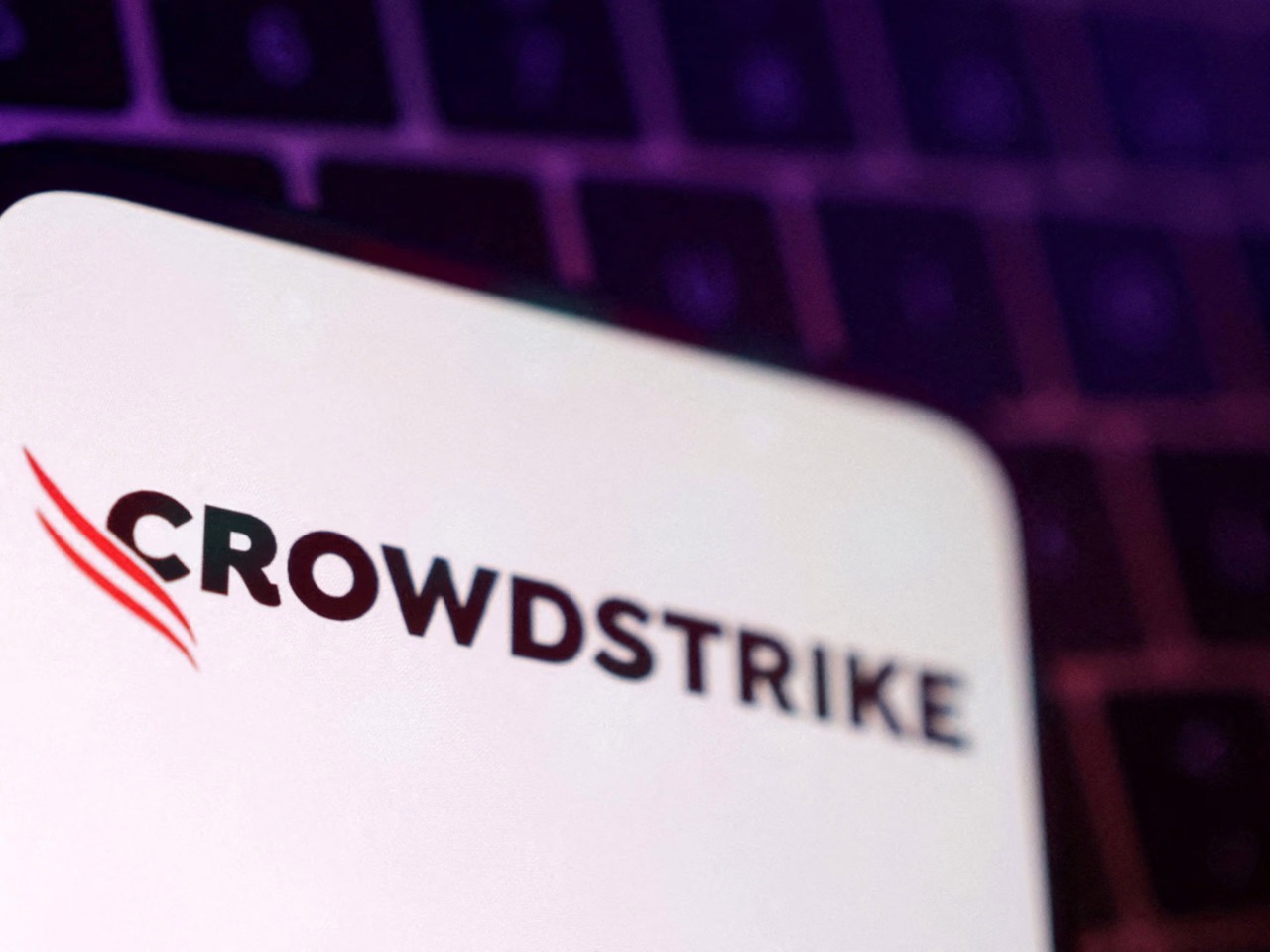Now Reading: Coinbase Data Breach 2025: What Happened, Who’s Affected, and How to Protect Yourself
-
01
Coinbase Data Breach 2025: What Happened, Who’s Affected, and How to Protect Yourself
Coinbase Data Breach 2025: What Happened, Who’s Affected, and How to Protect Yourself

Table of Contents
A Personal Note Before We Begin
If you’re a Coinbase user or just someone who values digital privacy, this story might concern you. As a tech observer, I’ve seen countless breaches come and go—but when it happens at one of the world’s biggest crypto platforms, it deserves our full attention. Let me break down everything you need to know about the Coinbase data breach 2025, what the company has said, and how you can protect yourself starting today.
What Happened: The Coinbase Data Breach, Explained
Earlier this week, cryptocurrency exchange giant Coinbase disclosed a data breach that affected less than 1% of its user base—but don’t let that number fool you. That still translates to tens of thousands of people whose sensitive personal and financial information has been compromised.
In a regulatory filing with the U.S. Securities and Exchange Commission (SEC), Coinbase revealed that malicious actors gained access to customer data by exploiting weaknesses in their third-party support ecosystem, including contractors based outside the U.S.
This wasn’t a technical vulnerability like we’ve seen in past hacks. Instead, it was a social engineering attack—hackers reportedly bribed support staff to hand over credentials or access.
What Information Was Stolen?
Unfortunately, this wasn’t just a case of email addresses being leaked. The breach includes some of the most sensitive information you never want in the wrong hands:
- Full names
- Email and mailing addresses
- Phone numbers
- Last four digits of Social Security numbers
- Masked bank account and routing numbers
- Government-issued ID copies (e.g., driver’s licenses, passports)
- Account balances
- Transaction histories
Yes, you read that right—even ID documents were exposed.
Was My Data Compromised?
According to Coinbase, less than 1% of its 9.7 million monthly users were affected. The company has already notified impacted individuals via email and is offering identity theft protection services.
If you haven’t received an email from Coinbase yet, you’re probably in the clear—but it’s still a good idea to update your account security and stay alert.

Why Coinbase Refused to Pay the $20M Ransom
Here’s where things take a dramatic turn.
After stealing the data, the attacker contacted Coinbase and demanded a $20 million ransom, threatening to release the data publicly. Coinbase, to its credit, refused to negotiate.
CEO Brian Armstrong reportedly said, “We don’t pay criminals.” Instead, Coinbase immediately launched an internal investigation, cut ties with the compromised support staff, and began coordinating with law enforcement.
Whether you agree with their decision or not, it aligns with a growing trend: tech companies refusing to reward extortion, even when the stakes are high.
How This Could Affect You Even If You Weren’t Directly Impacted
Data breaches like this don’t just hurt the people whose data was stolen. They erode trust in the platforms we use every day.
Even if your account wasn’t involved, this breach is a wake-up call. Cryptocurrency platforms—despite their focus on security—are still vulnerable to insider threats and human error. And if Coinbase, a company worth over $30 billion, can fall victim to this, what does that say about smaller platforms?
Also worth noting: this incident mirrors what we’re seeing in other areas of digital privacy. You might remember the recent report we covered on Android spyware targeting activist groups. Both cases show just how quickly your personal information can become a target—and why proactive security is a must.
The Financial Fallout
Coinbase expects to spend $180 million to $400 million on customer reimbursements, forensic audits, legal action, and beefing up security. In fact, the company announced plans to open a new U.S.-based customer support hub, bringing some of those overseas responsibilities back in-house.
Following the news, Coinbase stock dipped over 4%. Investors are rattled—but the long-term brand damage might be even more significant than the immediate financial loss.
How to Protect Your Crypto Accounts Right Now
Even if you weren’t affected, you should treat this breach as a call to action. Here are a few simple, effective steps you can take:
1. Enable Two-Factor Authentication (2FA)
This should be non-negotiable. Use an app-based 2FA solution like Google Authenticator or Authy—not SMS.
2. Change Your Password
If your Coinbase password is reused on other platforms (or even slightly similar), change it immediately.
3. Watch for Phishing Attempts
Hackers love to exploit fear. If you get emails claiming to be from Coinbase, double-check the sender address and avoid clicking any suspicious links.
4. Consider a Hardware Wallet
If you’re holding a significant amount of crypto, moving it to a cold storage wallet like Ledger or Trezor is a smart move.
Final Thoughts
The Coinbase data breach of 2025 is yet another reminder that digital security isn’t just a tech issue—it’s a human issue. While only a fraction of users were affected, the scale of information stolen is alarming.
Coinbase’s refusal to pay the ransom shows strength, but it also highlights the risks of outsourcing customer support and the increasing sophistication of social engineering attacks.
Stay informed. Stay protected. And if you’re trusting any platform with your money or identity—ask yourself: what are they doing to earn that trust?

















